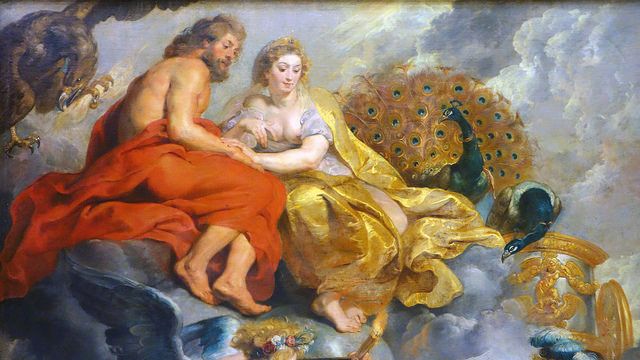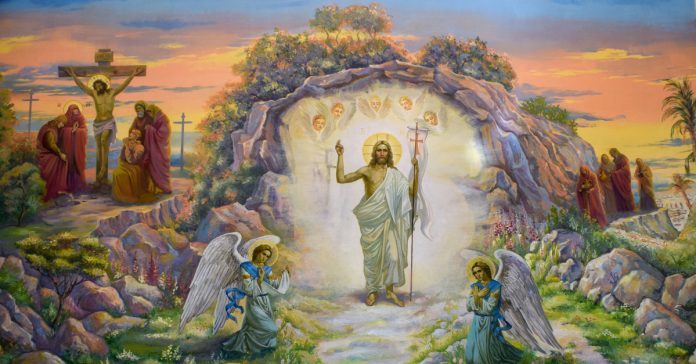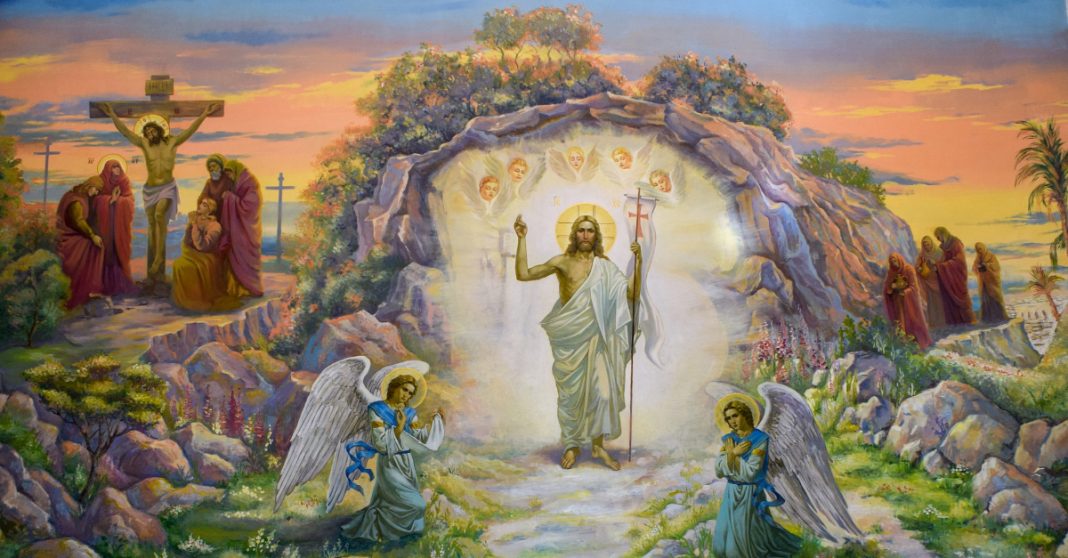Have you ever wondered about the woman behind the lightning bolts? In the realm of Greek mythology, Hera isn’t just Zeus’s wife; she’s a powerful goddess in her own right, with a story as rich and dramatic as any Olympian legend. Ruling alongside Zeus from atop Mount Olympus, Hera’s influence extended far beyond the palace walls. She was the revered queen, the protector of women, and a symbol of the sacred union between husband and wife.
But Hera’s story isn’t all marital bliss and dazzling gowns. Her fiery jealousy towards Zeus’s numerous affairs is legendary, sparking epic battles and shaping the fates of mortals and gods alike. Hera was a complex and multifaceted figure, capable of both immense love and fierce vengeance.
Intrigued? This article delves into the captivating world of Hera in Greek mythology. We’ll explore her rise to power alongside Zeus, her domains as queen and protector, and the dramatic tales surrounding her children and her relationship with her philandering husband. We’ll also uncover how Hera’s influence transcended the ancient world, finding a permanent place in art, literature, and even pop culture today.
So, buckle up and prepare to be enthralled by the myths, the power struggles, and the enduring legacy of the one and only Hera, the queen of Olympus.
Hera’s Lineage: Daughter of Titans, Sister-Wife of Zeus
Hera, the revered queen of Mount Olympus, boasts a lineage as rich and dramatic as the myths surrounding her. Her story begins not with the Olympian gods we know today, but with a generation known as the Titans. These powerful beings, children of the primordial gods Gaia (Earth) and Uranus (Sky), ruled the cosmos for a golden age.
Hera’s parents were two of the twelve Titans: Cronus, the youngest and most ambitious, and Rhea, the nurturing goddess of fertility. Fearing a prophecy that one of his children would overthrow him, Cronus developed a horrifying habit – he devoured his children whole after their birth. This gruesome fate befell Hera’s siblings, Poseidon (god of the sea), Hades (god of the underworld), Demeter (goddess of agriculture), and Hestia (goddess of the hearth).
Rhea, determined to save her youngest child, tricked Cronus by offering him a large stone wrapped in swaddling clothes instead of the newborn Hera. Cronus, in his ravenous haste, swallowed the stone whole, unaware that Hera was whisked away to safety. According to some myths, Rhea entrusted Hera to the nymphs who raised her on the island of Samos, nurturing her fierce independence and regal spirit.
Zeus, another of Cronus’s children, had been spared the same fate thanks to Rhea’s cunning. Raised in secret, Zeus eventually returned to overthrow his father in a legendary battle. With the help of his siblings, the other children Cronus had devoured, Zeus emerged victorious, freeing them from their gruesome imprisonment. The victorious siblings then imprisoned the Titans in the depths of Tartarus, ushering in the reign of the Olympian gods.
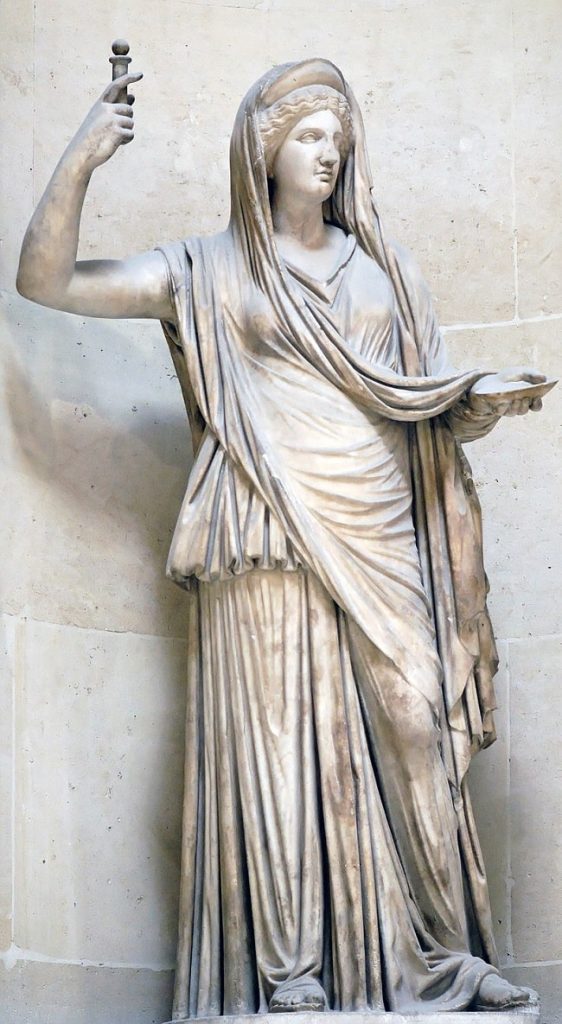
Hera, having watched the rise of her brother Zeus, stood by his side in this epic struggle. Following their victory, a grand celebration was held, and it was there that Zeus, captivated by Hera’s beauty and strength, claimed her as his wife. Thus began the complex and often tumultuous relationship between the queen and king of Olympus, a story that would forever be intertwined with the mythology of ancient Greece.
Frequently Asked Questions (FAQs)
1. Who is Hera in Greek Mythology?
Hera is a revered goddess in Greek mythology, known as the queen of Mount Olympus and the sister-wife of Zeus. She presides over marriage, women, and family, but her complex story also involves jealousy and vengeance due to Zeus’s infidelity.
2. What are some of Hera’s domains in Greek mythology?
Hera’s domains encompass some of the most fundamental aspects of Greek society. She is the protector of women, especially during childbirth, and symbolizes the sanctity of marriage and family life. Additionally, her association with the Hieros Gamos, a sacred marriage with Zeus, reflects fertility and cosmic order.
3. What is Hera best known for in Greek mythology?
Hera is perhaps most famous for her fiery jealousy and relentless pursuit of vengeance against Zeus’s numerous affairs. These conflicts highlight the complexities of divine power and relationships within the Olympian pantheon.
4. How is Hera depicted in art and literature?
Despite the decline of active worship, Hera’s legacy endures in art and literature. From Renaissance paintings capturing her beauty and power to literary works exploring her complex character, Hera remains a powerful symbol of marriage, family, and female strength.
5. Is Hera still worshipped today?
The specific rituals associated with Hera are no longer practiced today as Christianity became the dominant religion. However, her influence continues to be felt through her enduring presence in art, literature, and even popular culture.
Queen of Olympus: Power, Family, and the Sacred Marriage
Ascended to Mount Olympus alongside her brother-husband Zeus, Hera wasn’t just a beautiful goddess; she wielded immense power and influence. Her domains encompassed some of the most fundamental aspects of Greek society: marriage, women, and family.
Hera, Queen of Olympus
Marriage and Family: The Protector of Women
Hera was revered as the protector of women, particularly during childbirth. Epithets like “Eileithyia” linked her directly to childbirth, and married women across Greece looked to her for blessings and protection. She presided over weddings, symbolizing the sanctity of marriage and the importance of family. Hera wasn’t just the embodiment of a loving wife; she was the guardian of the institution itself, ensuring its stability and the well-being of families.
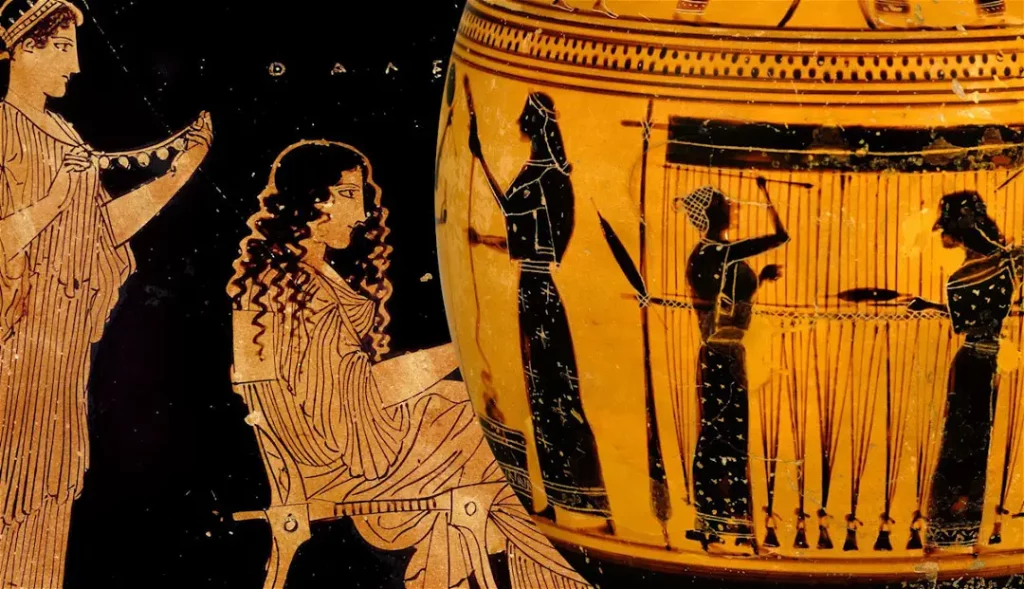
The Hieros Gamos: A Sacred Union
Hera’s marriage to Zeus wasn’t just a political alliance; it held deep religious significance. Theirs was a Hieros Gamos, a sacred marriage believed to ensure cosmic order and balance. This divine union mirrored the union of heaven (Zeus) and earth (Hera), symbolizing fertility and the continuation of life. Many Greek city-states held annual festivals celebrating the Hera and Zeus’s Hieros Gamos, reflecting the importance placed on this sacred union.
A Paradoxical Queen
However, Hera’s story is a complex one. While she was the queen and protector of marriage, her own relationship with Zeus was far from ideal. Zeus’s infidelity was legendary, and Hera’s wrath towards his numerous mistresses and their children became a prominent theme in Greek mythology. This paradoxical portrayal of Hera – both the protector of marriage and a victim of infidelity – reflects the often-contradictory nature of the divine in Greek mythology.
Hera remained a powerful and respected figure despite the turmoil in her marriage. Her role as queen, protector of women, and symbol of a sacred union cemented her place as a central figure in the Olympian pantheon.
Hera’s Children: Ares, Hebe, and Hephaestus
While Hera was the goddess of marriage and family, her own experience of motherhood in Greek mythology was far from ordinary. Despite the challenges, she became the mother of three distinct and powerful deities.
Ares: The God of War
Hera’s most famous child with Zeus was Ares, the god of war. Unlike most births on Mount Olympus, Ares’s arrival wasn’t celebrated. He embodied the destructive and brutal aspects of war, a stark contrast to Hera’s domains of marriage and family. Ares was often depicted as a violent and bloodthirsty warrior, much to his mother’s dismay.
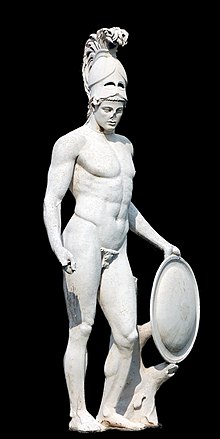
Hebe: The Goddess of Youth
A stark contrast to Ares was Hera’s daughter, Hebe. Personifying youth and beauty, Hebe served as the cupbearer to the Olympian gods. She was responsible for serving ambrosia, the food of the gods, and nectar, their drink, keeping them eternally young. Hebe’s association with youthfulness balanced the focus on war and violence within the Olympian family.
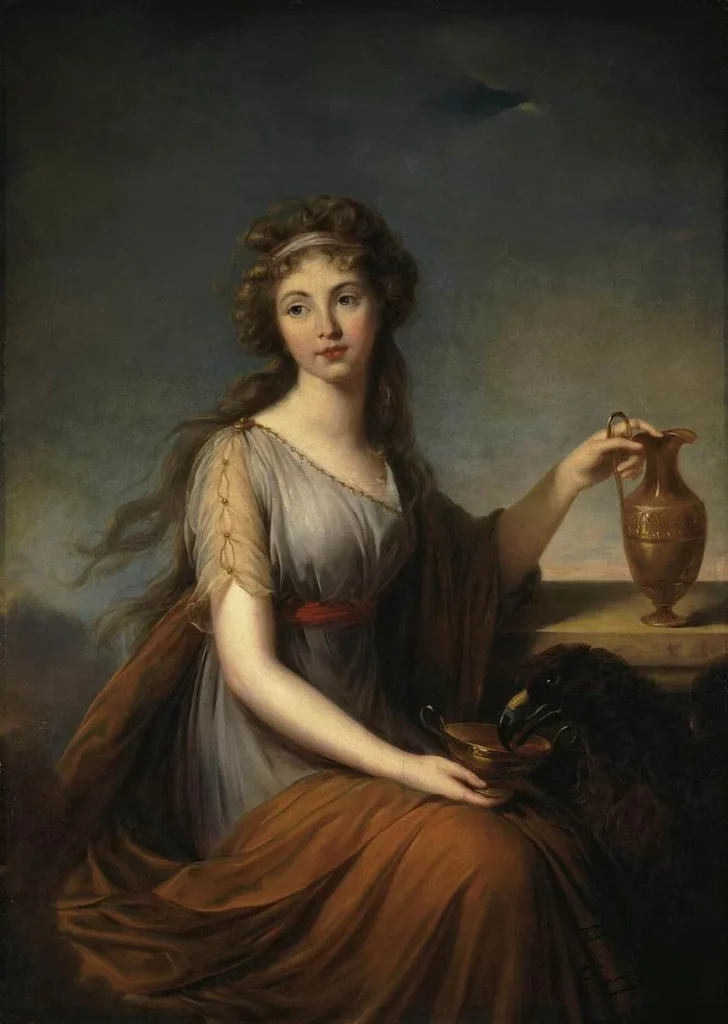
Hephaestus: The God of Fire and Metalworking
The birth of Hera’s third child, Hephaestus, was shrouded in controversy. Some myths depict Hera giving birth to him independently, a reaction to Zeus’s unilateral birthing of Athena from his head. Furious at Zeus’s infidelity and his ability to bear children alone, Hera may have willed Hephaestus into existence without a father.
Alternatively, other myths portray Hephaestus as the son of both Zeus and Hera, but born deformed or weak. Disgusted by his appearance, Hera cast him from Mount Olympus. Hephaestus survived the fall, but it left him crippled. Despite this harsh beginning, Hephaestus became the skilled god of fire, metalworking, and craftsmanship, creating magnificent objects for the gods and mortals alike.
Hera’s relationship with her children, especially Hephaestus, highlights the complexities of family dynamics within the Olympian pantheon. Despite the unusual circumstances surrounding their births, Ares, Hebe, and Hephaestus each played significant roles in Greek mythology, showcasing the diverse aspects of Hera’s divine power.
Jealousy and Vengeance: Hera’s Battles with Zeus’s Infidelities
Hera, the queen of Olympus in Greek mythology, is perhaps most famous for her fiery jealousy and relentless pursuit of vengeance against Zeus’s numerous affairs. This turbulent aspect of their relationship fueled countless myths, showcasing Hera’s power and the complexities of divine life.
A Queen Scorned: The Fuel for Fury
Zeus, the king of the gods, was notorious for his philandering ways. He fathered numerous children with goddesses, nymphs, and mortal women, a constant source of humiliation and rage for Hera. Hera, the very goddess of marriage and fidelity, found herself repeatedly betrayed, her position as queen seemingly powerless to stop Zeus’s insatiable desires.
Wrathful Plots and Divine Punishments
Hera’s response to these infidelities was swift and often cruel. She directed her wrath not just at Zeus, but also at his mistresses and their offspring. Myths detail her elaborate plots to torment these women, transforming them into animals or inflicting unimaginable suffering. Hera’s fury towards Io, a mortal princess Zeus seduced, is a prime example. She turned Io into a cow and sent a relentless gadfly to torment her across the land.
Protecting Her Domain: The Illegitimate Children
Hera’s vengeance extended to Zeus’s illegitimate children. Hercules, born of Zeus and the mortal Alcmene, was a constant target. Hera sent serpents to kill him in his infancy, unleashed monstrous creatures to plague him throughout his life, and even drove him mad in a fit of rage. These interventions were not just acts of revenge; they were also a way for Hera to assert herself as the protector of marriage and family, a domain constantly threatened by Zeus’s infidelity.
A Double Standard?
It’s important to note that Hera’s outrage was primarily directed towards the women involved, not Zeus himself. This highlights the double standard prevalent in ancient Greek society, where male infidelity was viewed more leniently than female transgressions. Hera’s rage, however, transcended this societal norm. It was a fierce defense of her position as queen, a wife wronged, and the very concept of marital fidelity within the divine realm.
Hera’s relentless pursuit of vengeance may seem excessive, but it serves as a captivating window into the power struggles and complex emotions within the Olympian family. Her story reminds us that even the gods were not immune to jealousy, rage, and the desire for retribution.

Hera in Worship: Temples, Rituals, and Religious Significance
Hera, the revered queen of Olympus in Greek mythology, wasn’t just a powerful figure in stories; she was also a prominent deity worshipped throughout ancient Greece. Temples dedicated to Hera stood as testaments to her importance, and specific rituals honored her diverse domains.
Temples of the Queen
The most famous temple dedicated to Hera was the Heraion of Olympia, located near the site of the ancient Olympic Games. This Doric temple, one of the earliest stone temples in Greece, served as a pilgrimage destination for worshippers seeking Hera’s blessings. Another significant temple was the Heraion of Samos, believed to be the goddess’s birthplace. Here, colossal statues of Hera adorned the temple, reflecting her status as a powerful and majestic deity.
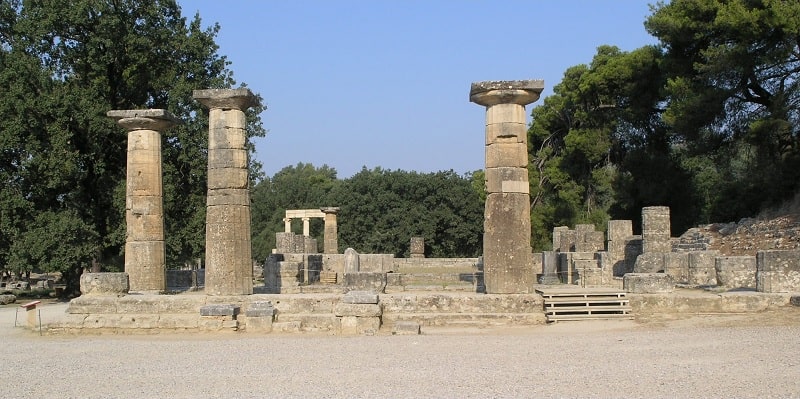
Rituals Honoring the Goddess
Worship practices associated with Hera varied across Greece, but some common themes emerged. Hera was often invoked during weddings, seeking her blessings for a happy and fertile marriage. Women approaching childbirth also prayed to Hera for a safe delivery. Animal sacrifices, particularly cows, were offered to appease the goddess and gain her favor. Festivals celebrating Hera were held throughout the year, with offerings, hymns, and processions honoring her role as queen, protector of women, and symbol of family life.
Beyond the Rituals: Hera’s Enduring Influence
While the specific rituals associated with Hera are no longer practiced today, her influence continues to be felt. Hera’s depiction in art and literature has ensured her place in Western culture. From statues and paintings to plays and poems, Hera remains a powerful figure associated with marriage, family, and female empowerment.
Understanding the worship of Hera provides a deeper appreciation for her significance in ancient Greek religion. It showcases how people sought to connect with the divine and gain Hera’s blessings in their daily lives.
The Fading of Belief: The Decline of Greek Mythology and Hera’s Legacy
The worship of the Olympian gods, including Hera, flourished for centuries in ancient Greece. However, with the rise of Christianity in the late Roman Empire, these beliefs began a gradual decline. By the 4th century AD, Christianity had become the dominant religion, and the temples dedicated to Hera and other deities fell into disuse.
The Rise of Christianity and the Decline of the Olympians
The spread of Christianity offered a new monotheistic belief system with a single, all-powerful God. This contrasted sharply with the polytheistic nature of Greek mythology, where numerous gods and goddesses held sway over different aspects of life. Christian teachings also emphasized concepts like humility and forgiveness, which stood in stark contrast to the often vengeful and prideful nature of the Olympians, including Hera.
Hera’s Waning Influence
As Christianity gained prominence, the worship of Hera and other Greek deities dwindled. Temples were closed, rituals abandoned, and the stories of Hera faded from everyday religious practice. However, this decline in worship doesn’t signal the end of Hera’s legacy.
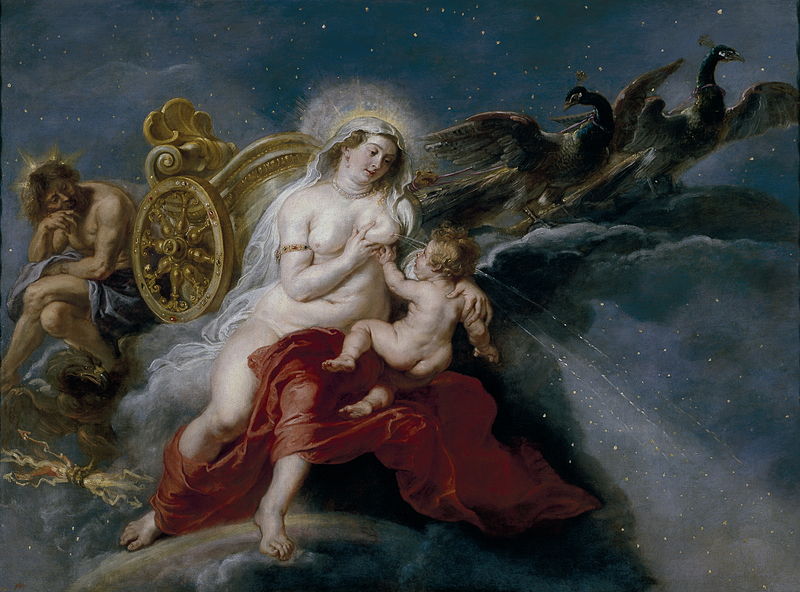
A Legacy Enduring in Art and Literature
Hera continued to hold a place in Western culture through art and literature. Renaissance artists like Peter Paul Rubens depicted Hera in majestic paintings, capturing her beauty and power. Writers and playwrights from Shakespeare to Euripides explored Hera’s complex character in their works, ensuring her stories continued to be retold and analyzed.
Hera remains a powerful symbol of marriage, family, and female strength. Her image adorns museums and art collections worldwide, and her stories are still studied and debated in universities. While the religious practices associated with Hera may have faded, her influence on art, literature, and popular culture continues to be felt today.
Hera’s story reminds us of the enduring power of myth. Even as religious beliefs change, these narratives continue to resonate, offering insights into human nature, love, jealousy, and the complexities of family dynamics. Hera may no longer be actively worshipped, but her legacy as a captivating and complex figure continues to inspire and intrigue.
Hera’s Enduring Power: A Timeless Symbol in Literature and Art
Despite the decline of active worship, Hera’s legacy as a captivating and multifaceted figure continues to inspire and intrigue in Western culture. Her enduring power lies in her portrayal in art, literature, and even modern pop culture, where she remains a timeless symbol.
Hera has graced the canvas of countless artists throughout history. Renaissance masters like Peter Paul Rubens captured her regal beauty and fierce spirit in their paintings. Baroque sculptors like Alessandro Algardi immortalized her majesty in marble, showcasing her power and authority. Even today, contemporary artists reinterpret Hera’s image, reflecting her enduring influence on artistic expression.
Hera has also found a permanent home in the world of literature. From ancient Greek playwrights like Euripides, who explored the complexities of her relationship with Zeus in tragedies like “Heracles,” to William Shakespeare, who referenced Hera’s jealousy in plays like “Othello,” her stories have been retold and reinterpreted for centuries. Modern authors continue to draw inspiration from Hera, weaving her character and themes into contemporary novels and even graphic novels.

Hera’s influence extends beyond high art. She appears in video games, inspiring character designs and narratives. Her image adorns jewelry and home décor, a reminder of her enduring association with marriage and family. Hera even pops up in popular culture references, with her name being used in everything from brand names to song lyrics.
In conclusion, Hera’s story transcends the realm of Greek mythology. She remains a timeless symbol of female power, marital complexity, and the enduring human emotions of love, jealousy, and vengeance. By exploring her depictions in art, literature, and even popular culture, we gain a deeper understanding of the enduring power of myth and its ability to continue resonating with audiences across generations. So next time you encounter a depiction of a majestic queen or hear a reference to a jealous wife, remember the legacy of Hera, the powerful goddess who continues to captivate us today.


